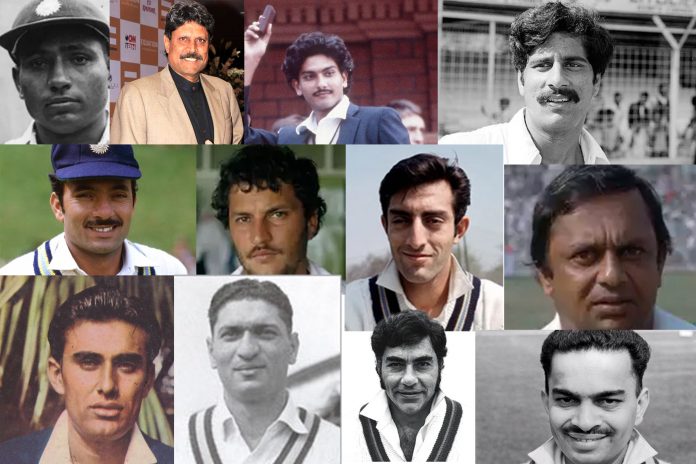Reading Time: 5 minutes
The Rohit Sharma-led team was widely touted as the best limited overs side India’s ever had – even better than Kapil Dev’s team which won the 1983 tournament, and Kapil Dev’s side which won in 2011. This view was nourished and reinforced for over six weeks as India went on a winning spree, beating all comers till the final where they were felled by the hardy, resilient, resourceful Australians.
While Rohit’s team lost disappointingly, the quality of talent it possessed, the balance it had, each player assigned clearly defined roles, with the flexibility to improvise depending on match situations – set up an impressive template for future teams.
This set me thinking about a team made up of players from the past, the single most important eligibility criterion being they must be ‘Senior Citizens’, which could compete with Rohit’s team on equal terms.
International limited overs cricket started only in the early 1970s. The first World Cup was played in 1975. There have been a huge number of highly skilled, match winning players, who would have made the cut into a World Cup side had they been born in a different era.
In drawing up this team, I had to traverse different generations and eras, find players who would be adept at one-day cricket though they may have never played it. This is the 12-man squad I picked. Some are readily identifiable, some may ring a bell in diehards and those inclined towards cricket history, some may be completely unfamiliar names.
I must reiterate, this is my team. As is always the case in cricket selection matters, this may not find universal approval. But I’d be interested in knowing your selection!
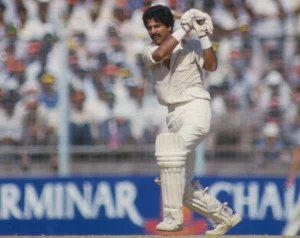
Krish Srikkanth: Ebullient opener with dare-deviliry flowing through his veins. Unconventional, irrepressible, on his day, could destroy the best bowling attacks. Was India’s highest scorer in the epochal 1983 World Cup win.
His all-out aggressive approach signaled India’s transformation from a tepid one-day side to a match winning one.
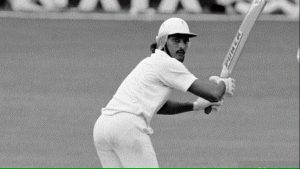
Ravi Shastri: In stark contrast to bindaas Srikkanth, Shastri was measured, calculated, even tame. But if his talent was limited, his ambition was unlimited. Not that he didn’t have explosive strokes. He is among a small clutch of players to have hit six sixes in an over. From tail-ender to opening batsman, the left-arm spinner’s cricketing journey marked a consistently upward trajectory. Shastri: Champion of Champions in the 1985 World Championship of Cricket, the Audi car he won reiterating India’s rise to eminence in ODIs.

I was tempted to pick 1983 hero Mohinder Amarnath for the no.3 slot but after much deliberation settled for his father, Lala Amarnath. The colourful Lala, who made India’s first Test century, and was also captain in Independent India’s first Test. A genuine, match winning all-rounder. Mohinder had much the same skills as his father, but in the limited overs context, I think Lala had more panache!

Polly Umrigar: Big made Polly had strong arms and shoulders to facilitate power hitting. He also had long, strong fingers to bowl medium pace swing, cutters and off-breaks with a high degree of expertise. Brilliant fielder too, with hands like buckets that rarely dropped a catch. All fantastic attributes in limited overs cricket.
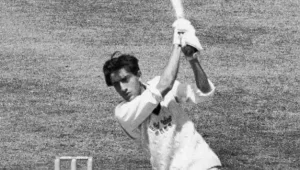
Mansur Ali Khan Tiger Pataudi: Man of infinite charisma and exceptional talent. Notwithstanding the loss of one eye before he had even started his international career, made a tremendous impact with his aggressive batting, brilliant fielding, and astute understanding of match situations. The stats may seem unflattering, but his career spells a saga of heroism in how he overcame such a massive handicap to play at the highest level for so long.

Farokh Engineer: Dashing wicket-keeper-batsman who could play at the top or in the middle order. Earned great renown on the English county circuit for his high energy performances in limited overs tournaments. Among the first Indian player to endorse products (most notably Brylcreem).

Salim Durani: Man of genius, with bat and ball. Crafty left-arm spinner, dazzling left-hand batsman who could hit sixes on demand. His matinee idol looks made him among the biggest stars in Indian cricket in the 1960s and 70s.

Kapil Dev: Unquestionably India’s greatest all-rounder. Brilliant at everything he did, fast bowling, aggressive batting, ground fielding and catching. His 175 not out against Zimbabwe in the 1983 World Cup arguably remains the greatest ODI century., along with Aussie Glen Maxwell’s 201 not out against Afghanistan in the 2023 World Cup. Chief architect and captain of India’s 1983 World Cup win. Would lead this team too.

Roger Binny: Behind the genial, benign demeanour was a combative player who played to win at all time. A natural athlete – as a youngster, was a javelin thrower of great promise – his `feel’ for sport made him a vital factor in Indian cricket in the 1970s and 80s. Could bat anywhere in the order, bowled late swing at fast medium pace that harried the best batsmen, and was a fantastic outfielder.

Madan Lal: Doughty, bustling, never-say-die cricketer who immortalised himself by clinching the all-important wicket of Viv Richards in the 1983 final. Like Binny, a fast bowling all-rounder Madan Lal was a favourite of his captains as he gave his best under pressure.
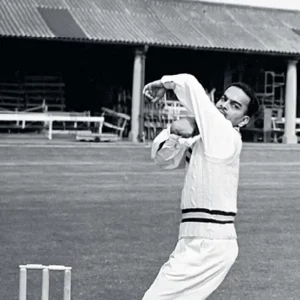
Subhash Gupte: Wily spin bowler from Bombay whom Sir Garfield Sobers, the greatest cricketeer of all-time, rated as the best leg-spinner he had played. Sobers, in fact, put Gupte ahead of even Shane Warne, for the immaculate control he had as well as the ability to turn the ball even on marble-top pitches
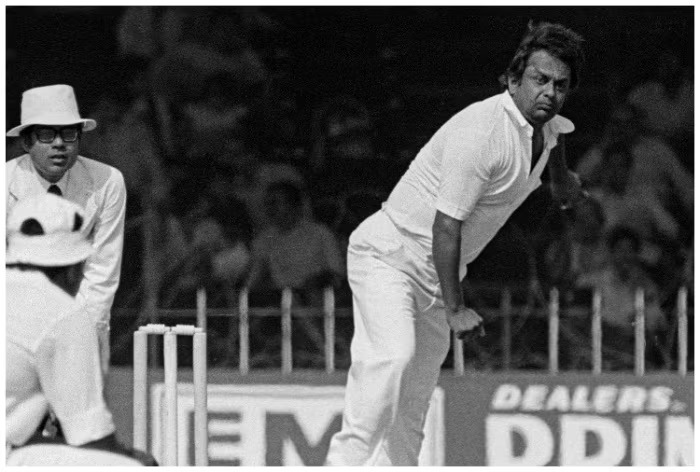
12th Man: Erapalli Prasanna: Former Australia captain Ian Chappell is a Prasanna devotee for his skills as an off-spinner, but even more for outthinking batsmen. Part of the famed Indian spin quartet of the 1960s and 70s, Prasanna was considered as the best all conditions bowler. His rich haul of wickets in Australia and New Zealand ratify this contention.



